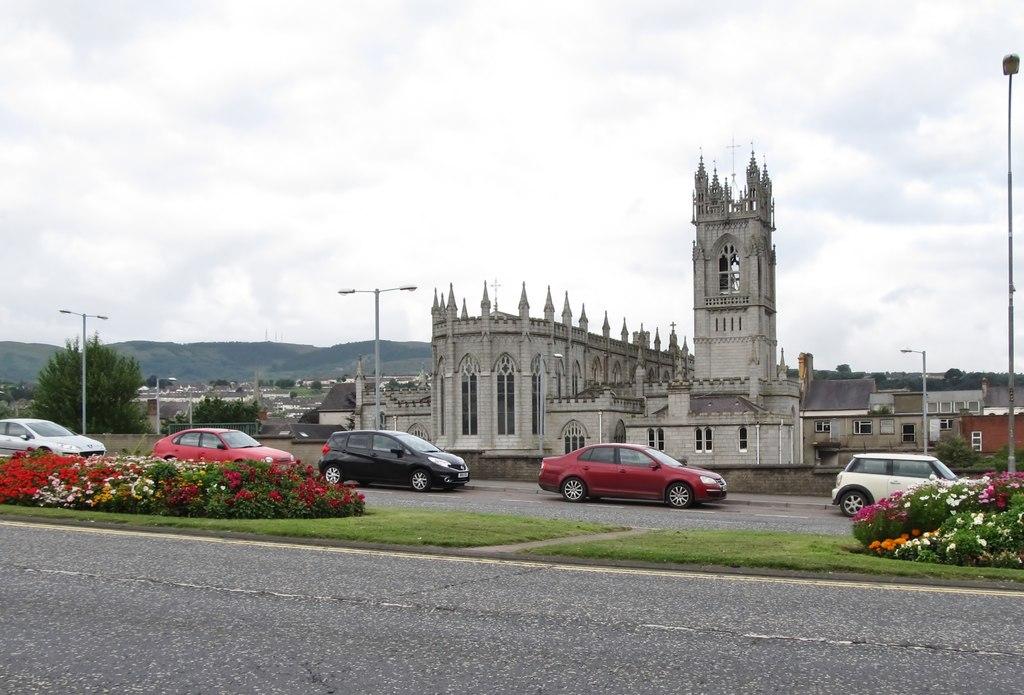First Presbyterian Church
Newry, County Down
The church (Gothic Revival) was the first commission by acclaimed Irish Architect William Joseph Barre (a native of Newry), it is a building of Newry Granite and a wonderful testimony to Barre.

Newry Cathedral is the most commanding building in Newry and is undoubtedly the most important work executed by Newry’s greatest native architect, Thomas Duff.
Newry, County Down
Newry Cathedral, dedicated under the joint patronage of St Patrick & St Colman, was designed by the city's greatest native architect Thomas Duff; work began in 1825, with the basic building completed in 1829. Built of local granite, it was the first Catholic cathedral in Ireland opened after Catholic Emancipation.
Work continued to enlarge and beautify the cathedral at various stages in the late nineteenth and early twentieth centuries: the tower and transept were added in 1888 and the nave was extended in 1904 under the supervision of Bishop Henry O'Neill.
The cathedral replaced St Mary's Church (the Old Chapel), which had been constructed by Bishop Lennan in 1789 and which, for forty years, doubled as both a parish church and quasi-cathedral, two bishops having received episcopal consecration there.
The interior marble work and mosaics took five years, with artisans and craftsmen coming from all over Europe to undertake the work. The tower and transept were added in 1888 whilst in 1904 the nave was extended.
Though less imposing outwardly than other Irish cathedrals, many admit that the interior decoration of the cathedral is second to none in Ireland.
Newry, County Down
The church (Gothic Revival) was the first commission by acclaimed Irish Architect William Joseph Barre (a native of Newry), it is a building of Newry Granite and a wonderful testimony to Barre.
Mountnorris, County Armagh
Beautiful gem of architecture.
Poyntzpass, County Armagh
Acton Parish Church, situated at the entrance to Poyntzpass village, was built in 1789 with later additions by renowned architects Welland & Gillespie. This church was a replacement for the earlier church built in 1684 by Sir Toby Poyntz.